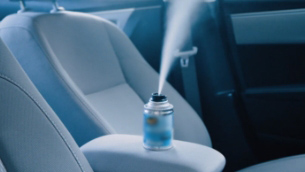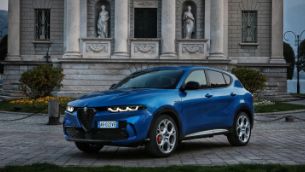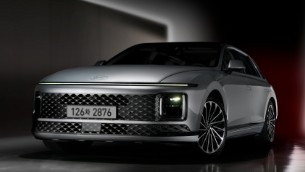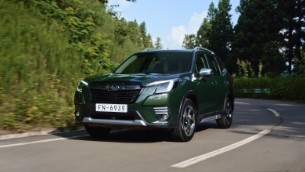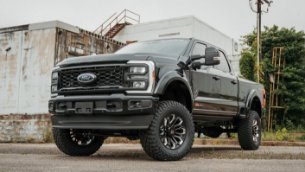Is It Possible to Train Drivers on Self-Driving Cars in An Augmented Reality Environment? Let’s Find Out
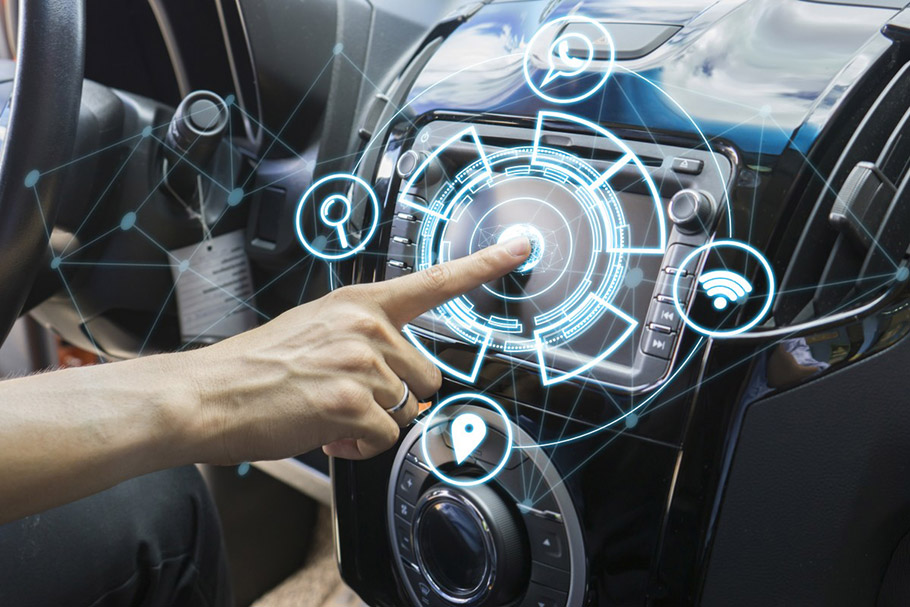 Training drivers is not that easy, and it is more than enough to have you pulling your hair out while training them, unless you love to live on the edge for the adrenal rush or have a death wish.
Training drivers is not that easy, and it is more than enough to have you pulling your hair out while training them, unless you love to live on the edge for the adrenal rush or have a death wish.
The most effective way to educate drivers, apart from driving around in one of these double steering or one with SANS steering cars with an extra braking system, is to use a virtual reality style, simulator, although a cruder version than say a plane simulator.
What if we could quite possibly use augmented reality to educate our drivers, possibly using a robotic driving instructor, Freudian Slip, and before you believe I'm insane, allow me to provide you with some component information and facts as to my approach here, as there's a little bit of method to my insanity, I believe.
Google Seeks Partners for Its Autos
As you might know, Joseph B. White published an attention-grabbing article in the Wall Street Journal, as he wrote somewhere: "Google is looking for Partners for Its Autos," which explained that Google was in contact with all the major auto companies to find out if it might permit some of its most up-to-date self-driving vehicle technologies or have a partnership with them, a sensible decision indeed from my point of view.
Let me ask you one thing, how about self-driving cars for efficient driver's training, the vehicle would drive and the driver would steer and the car's system would determine how close the braking, acceleration, and steering controls were used by the driver, against the specific risk-free driving of the particular self-driving system, as the controls would not be connected but would certainly be the best in augmented reality simulation ? Needless to say, you may already know, all the results from the driver's performance could be saved in Google's new cloud; Drive! Probably that is the reason why they're naming it a drive; it is a test-drive for something bigger?
Realistic Driving Simulators
At some point, as enough data or video footage was taken, we could possibly make simulators so practical that it could knock back the jet-fighter emulators in reality.
The automated system would log every little thing and give the student a fail or pass, or even a list of departments required improvement or points to study for the future? And as we have already done this, we could possibly use the identical system and approach for truckers, until all the commercial vehicles drive themselves, and for the student, autopilot training too. Without a doubt, I hope you'll certainly think on it.
SEE ALSO: Fiat reveals new 500X Urbana Edition upgrade. Check it out!
Augmented Reality Dashboards
At some point, GPS navigation technologies would have appeared a million miles away from any reliable atlas or map, however, today we're much closer to create a full direction-finding program built into the dashboard or windscreen. This will certainly be shown through several types of glasses which will show several details to the driver immediately. This will not only show directional guidance but will certainly show the parking sensors, speedometer, fuel gauge, rev counter, and other features of the vehicle's computer. Through touchscreen settings, drivers will certainly be able to command each and every aspect of their car from the display screen, such as radio, headlights, air conditioning, and windows. Probably the most advanced is the capability to focus on areas of the road so drivers can easily see barriers or obstacles up ahead more visibly. If used properly, this could possibly help to improve drivability but also keep passengers and the drivers safer.
Fully Autonomous Cars
Google is going to turn it into a reality within five years so we could possibly have driverless vehicles sooner than we expect. Although we have had things like self-parking cars, entirely driverless vehicles would transform the way we navigate the motorways and roads. On the other hand, we have seen a few initial issues; for example, Google's effort for revolutionizing a driverless car can't identify the difference between a litter a rock that has moved into the way and eventually tries to drive around both of them in the same manner.
